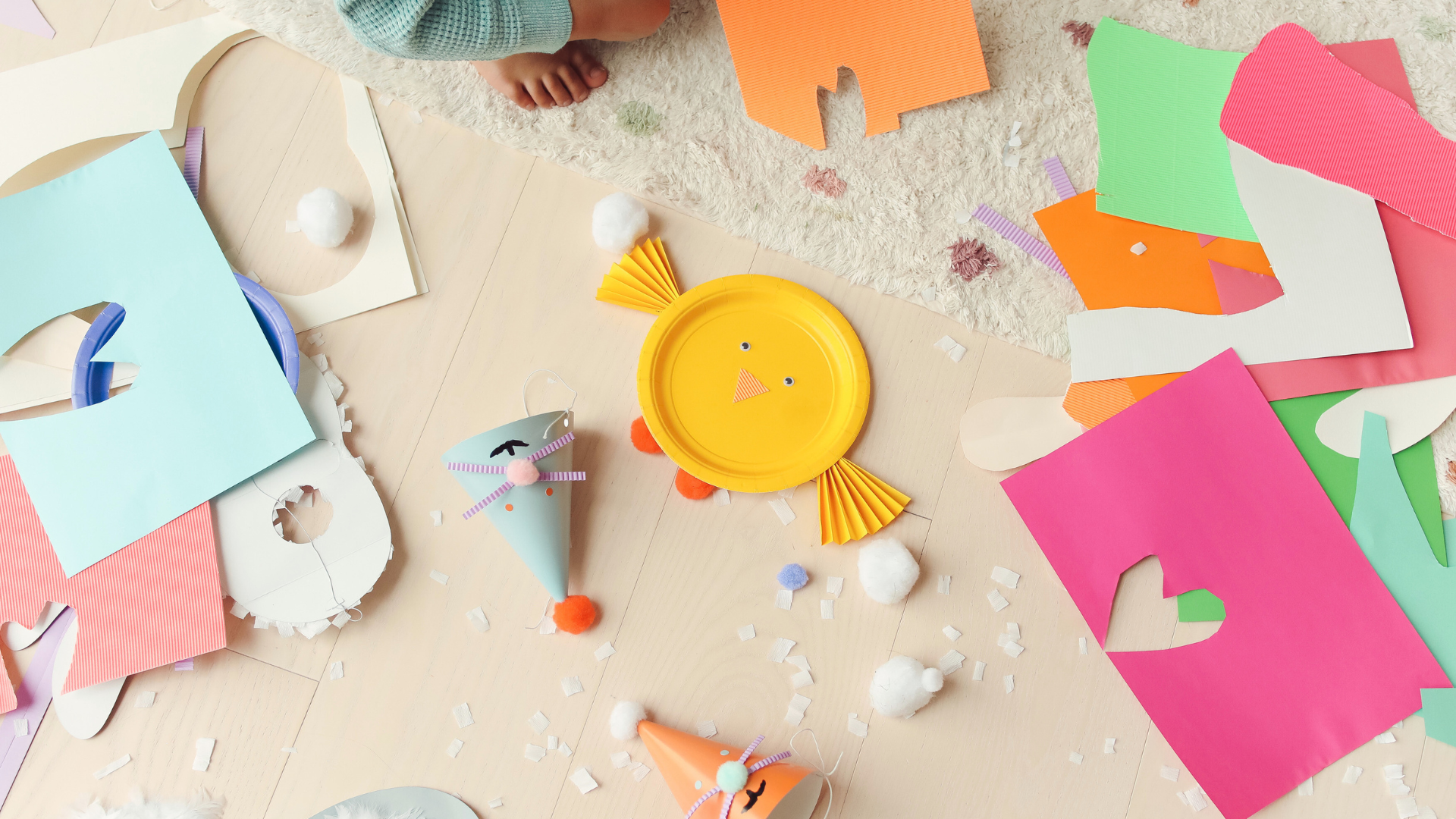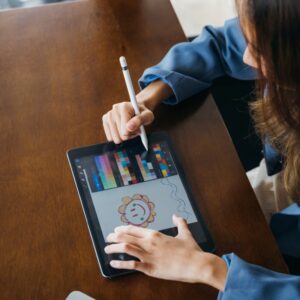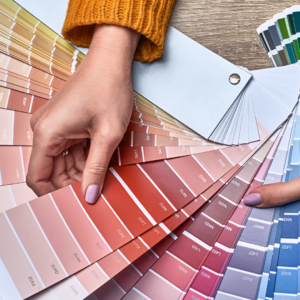Everyday objects possess untapped potential for creativity and artistry. Transforming these commonplace items into art involves viewing them from a new perspective. With a little imagination and resourcefulness, even the most mundane objects can be repurposed into stunning creations that showcase individual style and creativity.
Exploring the artistic possibilities of everyday items encourages a shift in how one perceives the world. Simple materials like bottle caps, cardboard, or old textiles can serve as the foundation for unique projects that inspire and engage. This process not only fosters artistic expression but also promotes sustainability through the repurposing of items that might otherwise be discarded.
By approaching familiar objects with an open mind, anyone can find inspiration and unleash their inner artist. This blog will guide readers through various techniques and ideas, empowering them to transform their surroundings into a canvas for creativity.
Understanding the Fundamentals of Transformative Art
Transformative art relies heavily on the interplay of form, color, texture, and context. These elements work together to convey meaning and elicit emotions from the viewer, making everyday objects resonate as artistic expressions.
The Significance of Context in Art
Context shapes the perception of an artwork and influences its interpretation. The same everyday object can evoke different meanings depending on the setting in which it is presented.
For instance, a simple kitchen utensil displayed in a fine art gallery transforms from a utilitarian tool into a symbol of domesticity or nostalgia.
Artists must consider where and how the object is presented. This includes the physical space, the audience’s background, and cultural references. Each element informs how the viewer engages with the artwork and what emotions or reflections it may inspire.
Color and Texture: Building Blocks of Visual Impact
Color and texture are essential elements that enhance the visual impact of transformative art. Color can dictate mood and draw attention. Bright, warm colors often evoke feelings of joy or excitement, while cool colors can convey calmness or melancholy.
Texture adds depth and invites tactile engagement. A smooth surface may suggest sleekness and modernity, whereas a rough texture can invoke a sense of organic authenticity.
Combining various colors and textures creates a dynamic visual experience. This interplay can highlight the object’s intrinsic qualities, turning the ordinary into something extraordinary. Artists must skillfully manipulate these attributes to ensure that they contribute to the overall meaning of the piece.
Inspirational Sources and Techniques
Exploring art through everyday objects opens a world of creativity. Artists can derive inspiration from the commonplace and utilize various techniques to transform these items into art.
Finding Inspiration in the Mundane
Art can emerge from the simplest objects found in daily life. A crumpled piece of paper, discarded packaging, or kitchen utensils can spark innovative ideas.
Artists often find beauty in the overlooked. For instance, photographing the textures of a worn-out shoe can inspire a striking piece.
To better observe the mundane, they may keep a journal or sketchbook. Jotting down thoughts or making quick sketches helps to capture fleeting ideas and feelings associated with everyday life.
Everyday Items as Artistic Mediums
Many everyday items serve as excellent materials for artistic expression. Common objects can be repurposed into mixed-media collages, providing depth and texture to their work.
For example, bottle caps can create intricate mosaics, while fabric scraps can add color and dimension. Some artists utilize natural elements like leaves or stones, enhancing their connection to the environment.
List of objects often transformed into art:
- Paper (for drawing or collage)
- Plastic (bottle caps, containers)
- Metal (tin cans, utensils)
- Fabric (old clothes, textiles)
Key Techniques for Aspiring Artists
To effectively transform everyday items into art, certain techniques can be employed. Drawing basics, such as line work and shading, can enhance the representation of everyday objects.
Collage techniques allow for the integration of various materials, fostering creativity. Layering different textures can result in compelling visual narratives.
Additionally, mixed media approaches encourage exploration. Painting over paper or incorporating found objects can create unique compositions. Experimentation is crucial; artists are encouraged to try unexpected combinations to find their distinct style.
Exploring Different Art Forms with Everyday Objects
Everyday objects can be transformed into various art forms, showcasing creativity and resourcefulness. From sculptures to abstract designs, artists utilize ordinary items in innovative ways to convey deeper meanings and aesthetics.
Sculptural Approaches to Ordinary Objects
Sculpture is a powerful medium for repurposing everyday items. Artists often combine materials like wood, metal, and plastic to create unique three-dimensional art pieces. Using tools such as wire, glue, and paint, they can elevate the perception of these objects.
For example, a simple spoon might be twisted and shaped into an abstract form. Similarly, artists can construct larger pieces from discarded furniture. The key is to maintain the integrity of the original object while presenting it in a novel manner.
Through assemblage, contrasting textures and colors can be highlighted, leading to engaging sculptures that challenge viewers’ perceptions. This approach encourages innovation and the re-examination of the mundane.
Creating Abstract Art from Everyday Life
Abstract art utilizes everyday objects to express emotions or ideas rather than depict realistic forms. Artists might cut, paint, or layer common items to create striking compositions that evoke feelings rather than represent objects.
Consider using fabric scraps, bottle caps, or paperclips arranged in unexpected ways. These materials can be manipulated to focus on color, shape, or texture. The result may not reflect the objects’ original function but instead invite viewers to interpret the arrangement.
In abstract art, the viewer’s experience becomes central. Each piece can communicate different messages and interpretations, driven by the artist’s choices of materials and their arrangement.
Graphic Design and Photography with a Twist
Graphic design and photography can also harness everyday objects for creative expression. Using simple items, designers can craft striking visuals that capture attention. For example, placing fruits, toys, or office supplies in unique configurations can lead to compelling compositions.
Photographers might explore lighting and angles to create surreal images from commonplace scenes. Close-ups of everyday items can transform them into fascinating subjects, prompting viewers to notice details they often overlook.
In graphic design, the juxtaposition of ordinary objects can deliver potent messages. Using vibrant colors and clever layouts, designers can create eye-catching posters or social media graphics that blend art with everyday life.
Showcasing and Interpreting Your Art
Effective presentation enhances artistic expression and invites viewers to explore deeper meanings. The following subsections address strategies for crafting narratives, utilizing space, and engaging with contemporary art discussions.
Crafting Narratives Around Your Creations
Narratives can elevate everyday objects and transform them into art. Artists like Tatsuya Tanaka incorporate storytelling in miniature scenes, giving context to their work.
Creating a narrative involves connecting personal experiences to the artwork. For instance, including details about the materials used or the inspiration behind each piece can foster a stronger viewer connection.
Consider labeling each piece with a small description. This information not only adds context but also sparks curiosity in the audience. By engaging them in the story, the artist creates a more meaningful interaction.
Scale, Mirrors, and Space in Artwork Display
The scale of art significantly affects viewer perception. Large pieces can dominate a space, making bold statements, while smaller works invite closer inspection.
Using mirrors can also enhance display techniques. Mirrors create an illusion of increased space, allowing a viewer to see the artwork from various angles. This interaction can change the way they interpret the piece.
Space is crucial in showcasing art. Consider how lighting and surrounding elements influence perception. A minimalist background often allows the artwork to stand out and be the focal point.
Contemporary Art: Joining the Dialogue
Contemporary art encourages dialogue between artists and viewers. By displaying art made from recycled materials, artists can comment on environmental issues, which resonates with current societal themes.
Participating in art exhibits and festivals fosters community engagement. These platforms allow artists to share their narratives, enhancing the dialogue surrounding their work.
Engaging with contemporary movements keeps the practice relevant. Artists can explore modern themes and experiment with new materials, presenting their work within a broader societal context. This approach not only showcases creativity but also invites reflection on pressing issues.





